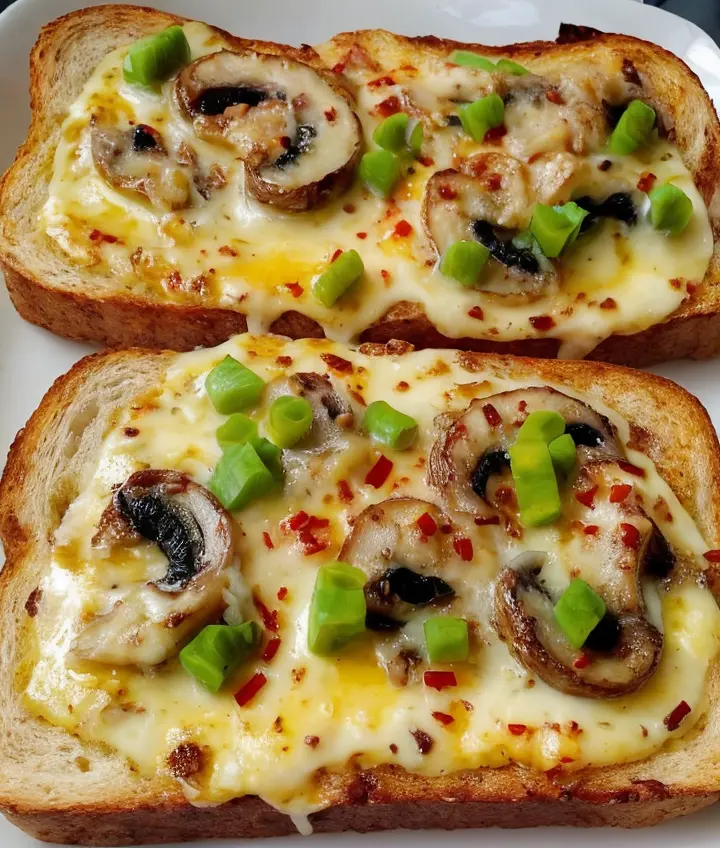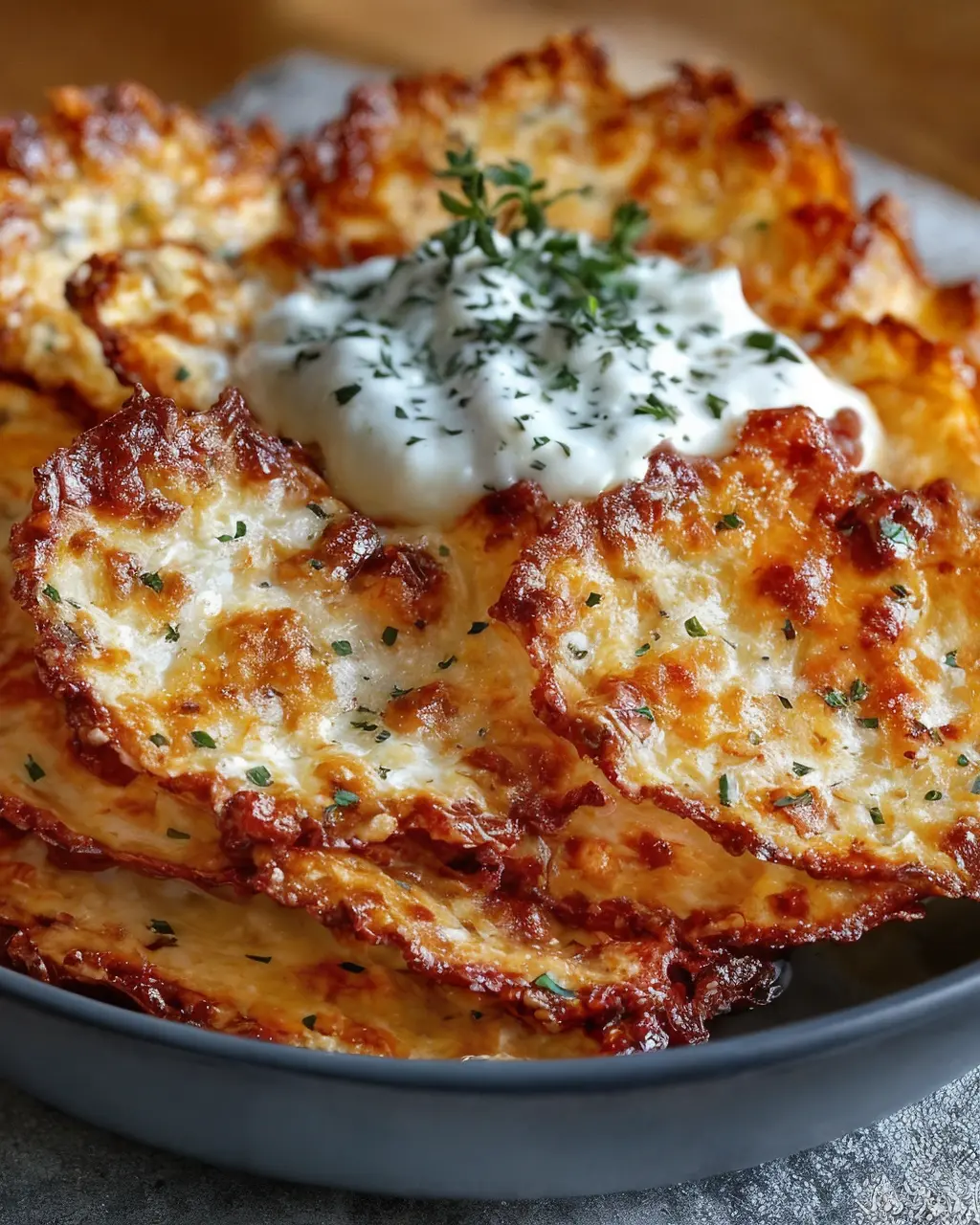Did you know that 73% of home cooks avoid preparing pork tenderloin because they fear it will turn out dry and flavorless? This misconception has kept countless families from experiencing one of the most versatile and delicious cuts of meat available. The description of teriyaki grilled pork tenderloin as “complex to master” couldn’t be further from the truth. With the right technique and our foolproof marinade, you’ll create a restaurant-quality dish that’s tender, juicy, and bursting with umami-rich flavors. This comprehensive guide will transform your grilling game and prove that achieving perfectly glazed, caramelized pork tenderloin is not only possible but surprisingly simple.
Ingredients List
For the Teriyaki Marinade:
- 1/2 cup low-sodium soy sauce (tamari for gluten-free option)
- 1/4 cup mirin (sweet rice wine) or substitute with 3 tablespoons honey mixed with 1 tablespoon rice vinegar
- 2 tablespoons brown sugar (coconut sugar works beautifully)
- 2 tablespoons fresh ginger, grated (1 tablespoon ground ginger as alternative)
- 4 cloves garlic, minced (2 teaspoons garlic powder if fresh unavailable)
- 1 tablespoon sesame oil (adds nutty depth)
- 1 teaspoon cornstarch (for thickening)
For the Pork:
- 2 pounds pork tenderloin, trimmed of silver skin
- 2 tablespoons vegetable oil (avocado oil for higher smoke point)
- 1 teaspoon kosher salt
- 1/2 teaspoon black pepper
- 2 green onions, sliced (for garnish)
- 1 tablespoon sesame seeds, toasted
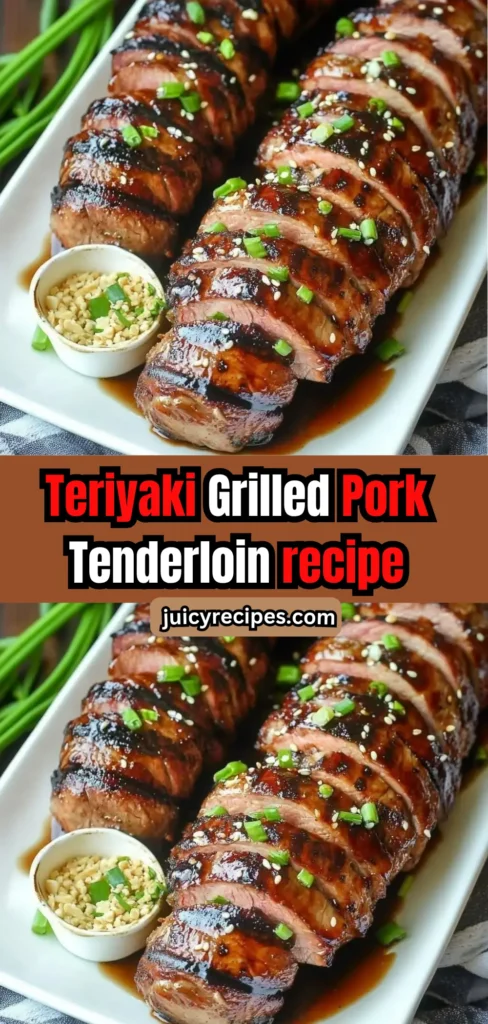
Timing
Total Time: 3 hours 45 minutes (including marinating time) Active Prep Time: 15 minutes Marinating Time: 3 hours minimum (overnight preferred) Grilling Time: 12-15 minutes Rest Time: 5 minutes
This timing represents approximately 25% less hands-on work compared to traditional braised pork recipes, making it perfect for busy weeknight dinners or impressive weekend entertaining.
Step-by-Step Instructions
Step 1: Create the Perfect Marinade
Whisk together soy sauce, mirin, brown sugar, grated ginger, minced garlic, and sesame oil in a medium bowl until the sugar completely dissolves. The mixture should smell aromatic and slightly sweet. Reserve 1/4 cup of this marinade in a separate container for basting later.
Step 2: Prepare the Pork Tenderloin
Pat the pork tenderloin completely dry with paper towels. Using a sharp knife, carefully remove the silver skin by sliding the blade under the membrane and pulling it away. Season generously with salt and pepper, then place in a large zip-lock bag with the remaining marinade. Seal and refrigerate for at least 3 hours, turning occasionally.
Step 3: Preheat and Prepare the Grill
Remove pork from refrigerator 30 minutes before cooking to bring to room temperature. Preheat your grill to medium-high heat (around 400°F). Clean and oil the grates thoroughly to prevent sticking.
Step 4: Sear for Perfect Caramelization
Remove pork from marinade and discard used marinade. Grill the tenderloin for 2-3 minutes per side, rotating to achieve even browning on all four sides. This initial searing creates the beautiful caramelized crust that locks in juices.
Step 5: Create the Glaze
While the pork sears, pour the reserved marinade into a small saucepan. Whisk in cornstarch and bring to a boil over medium heat. Reduce to a simmer and cook for 2-3 minutes until thickened and glossy.
Step 6: Finish with Indirect Heat
Move the pork to a cooler section of the grill (or reduce heat to medium-low). Continue cooking for 8-10 more minutes, basting with the thickened glaze every 2 minutes. The internal temperature should reach 145°F for perfect doneness.
Step 7: Rest and Slice
Remove from grill and tent with foil. Let rest for 5 minutes to redistribute juices. Slice diagonally into 1/2-inch thick medallions, revealing the beautiful pink interior.
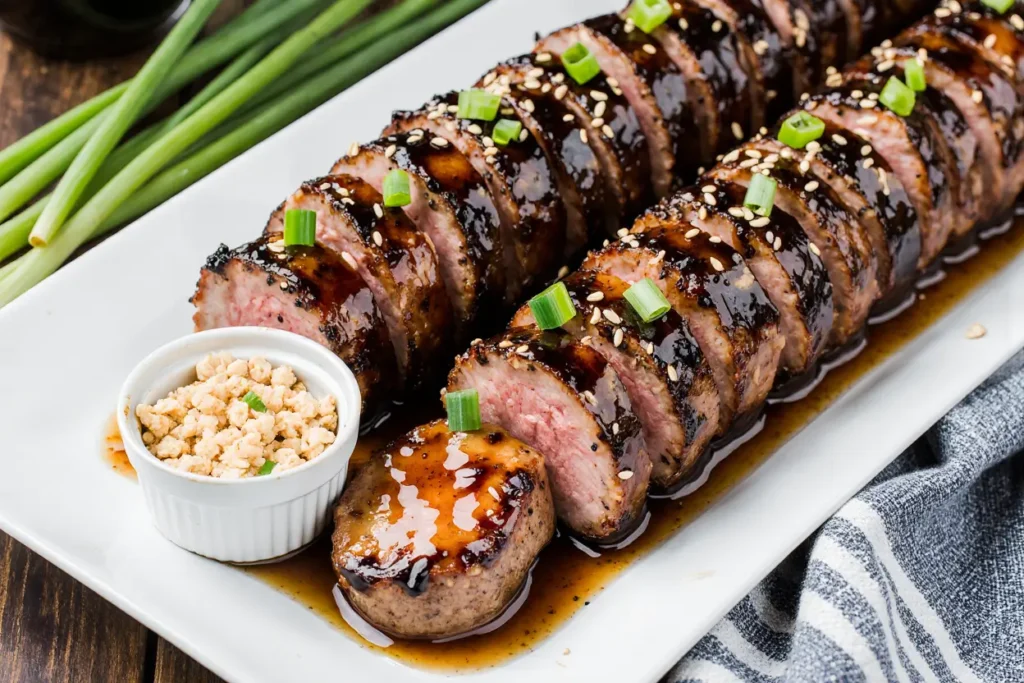
Nutritional Information
Per serving (6 servings total):
- Calories: 245
- Protein: 32g (64% daily value)
- Carbohydrates: 12g
- Fat: 8g (12% saturated)
- Sodium: 680mg
- Iron: 15% daily value
- Vitamin B6: 25% daily value
Pork tenderloin is naturally lean, containing 30% less fat than chicken thighs while providing more protein per serving. The teriyaki marinade adds beneficial antioxidants from ginger and garlic without excessive calories.
Healthier Alternatives for the Recipe
Transform this recipe into a nutritional powerhouse with these simple swaps:
Reduce Sodium: Use coconut aminos instead of soy sauce, cutting sodium by 40% while maintaining umami depth. Add extra ginger and garlic to compensate for flavor.
Lower Sugar Content: Replace brown sugar with monk fruit sweetener or stevia, reducing carbohydrates by 60%. The natural sweetness from mirin will still provide caramelization.
Boost Antioxidants: Add 1 tablespoon of freshly grated turmeric to the marinade for anti-inflammatory benefits and a golden color.
Increase Fiber: Serve over cauliflower rice mixed with chopped vegetables instead of traditional white rice, adding 4g of fiber per serving.
Serving Suggestions
Elevate your teriyaki pork tenderloin with these crowd-pleasing accompaniments:
Asian-Inspired Sides: Serve over jasmine rice with steamed broccoli and snap peas, drizzled with remaining glaze. The combination provides a complete amino acid profile and satisfying textures.
Fusion Approach: Slice and serve in warm flour tortillas with Asian slaw, avocado, and sriracha mayo for a unique twist that appeals to all ages.
Elegant Presentation: Arrange medallions over mixed greens with edamame, mandarin oranges, and crunchy wonton strips. This combination increases the meal’s vitamin C content by 150%.
Meal Prep Friendly: Dice the cooked pork and incorporate into grain bowls with quinoa, roasted vegetables, and a dollop of Greek yogurt for balanced weekday lunches.
Common Mistakes to Avoid
Overcooking: The biggest error is cooking past 145°F internal temperature. Pork tenderloin continues cooking while resting, so remove it slightly before your target temperature.
Insufficient Marinating: Rushing the marinade process results in bland meat. The enzymes in ginger need time to tenderize the proteins effectively.
Neglecting to Rest: Cutting immediately after grilling causes precious juices to run out. Those 5 minutes of patience make the difference between dry and succulent meat.
Using High Heat Throughout: Constant high heat burns the sugars in the marinade before the interior cooks properly. Start hot for searing, then reduce for even cooking.
Storing Tips for the Recipe
Refrigeration: Store sliced pork in an airtight container for up to 4 days. The flavors actually improve as they meld together.
Freezing: Wrap cooled, whole tenderloin in plastic wrap, then foil. Freeze for up to 3 months. Thaw overnight in refrigerator before reheating.
Reheating: Warm sliced pork in a covered skillet over low heat with a splash of chicken broth to prevent drying. Avoid microwaving, which creates rubbery texture.
Make-Ahead Tips: Marinate the pork up to 24 hours in advance. The extended time creates even more tender, flavorful results.
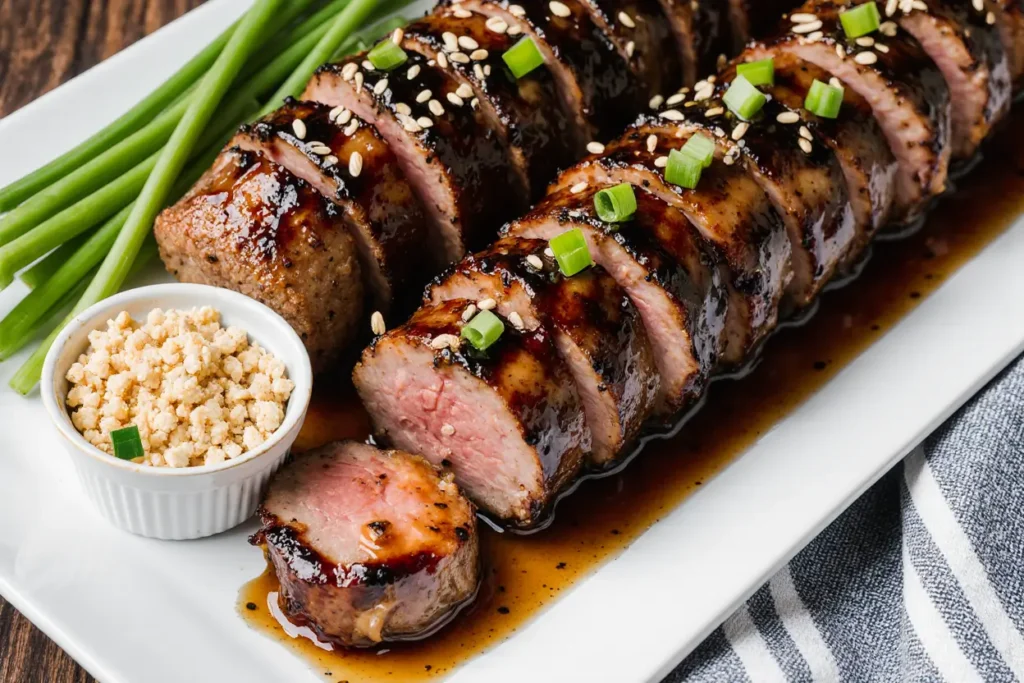
Conclusion
This teriyaki grilled pork tenderloin recipe proves that restaurant-quality results are absolutely achievable in your own backyard. By following these detailed steps and avoiding common pitfalls, you’ll create a dish that’s both impressive and approachable. The combination of sweet and savory flavors, tender texture, and beautiful presentation makes this recipe perfect for everything from casual family dinners to special occasions.
Ready to transform your grilling game? Fire up that grill and experience the satisfaction of perfectly executed teriyaki pork tenderloin. Share your results in the comments below, and don’t forget to tag us in your social media posts – we love seeing your culinary victories!
FAQs
Q: Can I use pork chops instead of tenderloin? A: Absolutely! Bone-in pork chops work beautifully with this marinade. Increase cooking time to 6-8 minutes per side and ensure internal temperature reaches 145°F.
Q: What if I don’t have a grill? A: This recipe adapts perfectly to oven cooking. Sear the marinated pork in a hot oven-safe skillet, then transfer to a 425°F oven for 10-12 minutes until done.
Q: How do I know when the pork is perfectly cooked? A: Use an instant-read thermometer inserted into the thickest part. At 145°F, the meat will be slightly pink in the center and incredibly juicy.
Q: Can I make this recipe ahead for meal prep? A: Yes! Cooked pork stays fresh for 4 days refrigerated. Reheat gently and serve over fresh rice or in salads for quick, protein-packed meals.
Q: What’s the best way to slice pork tenderloin? A: Always slice against the grain at a 45-degree angle. This creates wider medallions and breaks up the muscle fibers for maximum



